Polyurethane synthetic leather belongs to the category of polyurethane elastomer, which has the appearance of soft gloss, natural, soft handle and strong dermis feeling. It has excellent mechanical properties such as excellent adhesion to the base material, abrasion resistance, flexibility and aging resistance. It also has good cold resistance, air permeability, washability, easy processing and low price. Its advantages are that it is the most ideal substitute for natural leather.
Polyurethane synthetic leather has many advantages, such as high strength, wear resistance, cold resistance, air permeability, aging resistance, solvent resistance, soft texture, beautiful appearance, etc. It is an ideal imitation leather instead of natural leather, and its performance is better than that of PVC leather. Polyurethane synthetic leather is widely used in garments, shoes, bags, furniture and other industries.
The industrial production methods of polyurethane synthetic leather are mainly dry and wet.
1. Dry polyurethane synthetic leather
Dry process usually takes parting paper as carrier, scrapes polyurethane resin slurry onto parting paper (usually scrapes one or two times), puts it into oven to heat and dry to remove solvent in resin, forms continuous and uniform polyurethane film, scrapes and coats the binder on the film, adheres to the cloth, and uses peeling after drying and curing. The device strips the stripping paper and rolls the finished man-made leather and stripping paper separately. Polyurethane slurry coating agent, release paper and base cloth are three components of dry process. The synthetic leather produced by dry process has compact film layer, excellent product strength and firm bonding. The wastewater produced in the process is less, but the hygienic performance of the product is relatively poor, and the waste gas pollution caused by the production process is serious.
2 wet polyurethane synthetic leather
The wet process is mainly to squeeze the slurry into the space of the nonwoven fabric by extrusion, and then the non-woven fabric is put into the coagulation bath. The “DMF-H2O” system is mixed to make DMF continuously enter the coagulation bath from the resin solution. At the same time, the water enters the base cloth, so that PU gradually transforms from the dissolved state to the gel state, and finally forms the solid film. This is the case. In the process of exchange, due to the adjustment of additives and shrinkage of polyurethane, a large number of micro-holes will be formed, and a multi-layer structure with continuous porous layers can be obtained. Therefore, synthetic leather produced by wet method has good moisture permeability, air permeability, soft, plump and light feel, and is more rich in the style and appearance of natural leather.
 Water-based PU leather DMF-FREE leather, Napa pattern, water-based sneakers, leather shoes, sheep pattern, upholstered leather, vegan reclaimed leather
Water-based PU leather DMF-FREE leather, Napa pattern, water-based sneakers, leather shoes, sheep pattern, upholstered leather, vegan reclaimed leather
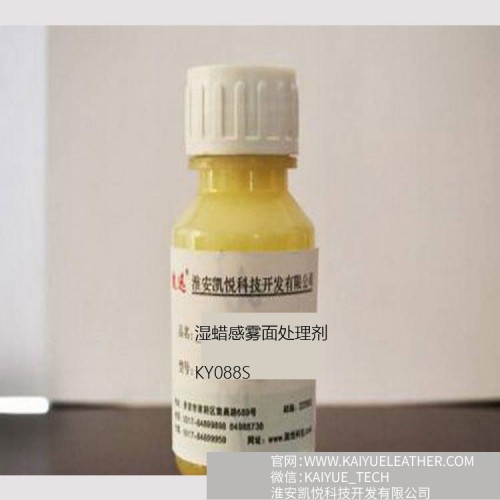 Dermal surface agent, wet waxy matte surface treatment agent KY088S
Dermal surface agent, wet waxy matte surface treatment agent KY088S
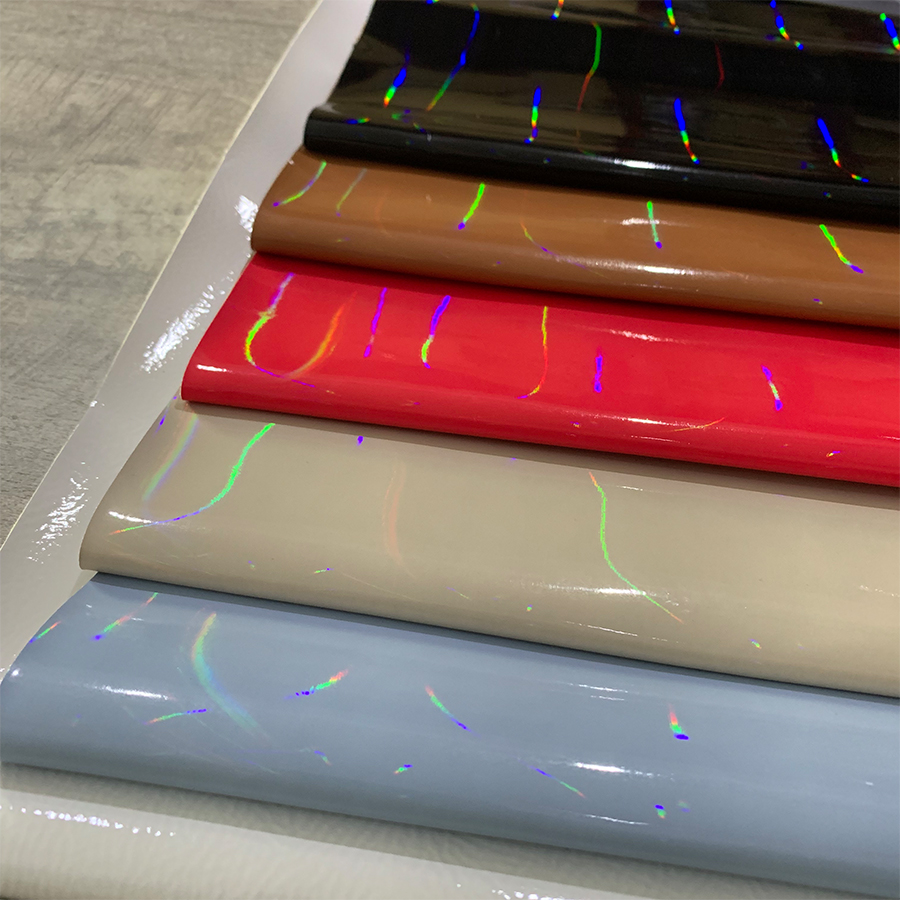 100% Polyester For Garments
100% Polyester For Garments
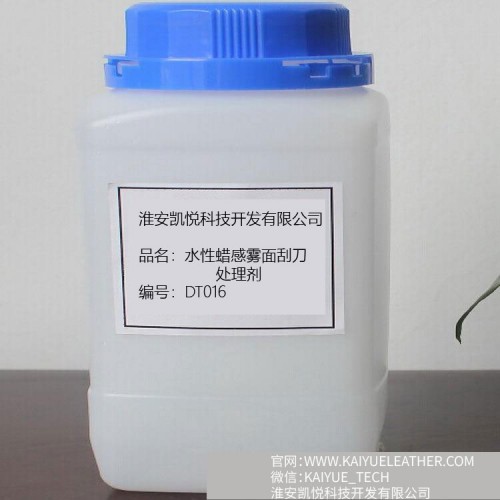 Water-based leather surface treatment agent Good haze, good leveling, strong velvety feel, good waxy feel DT016
Water-based leather surface treatment agent Good haze, good leveling, strong velvety feel, good waxy feel DT016
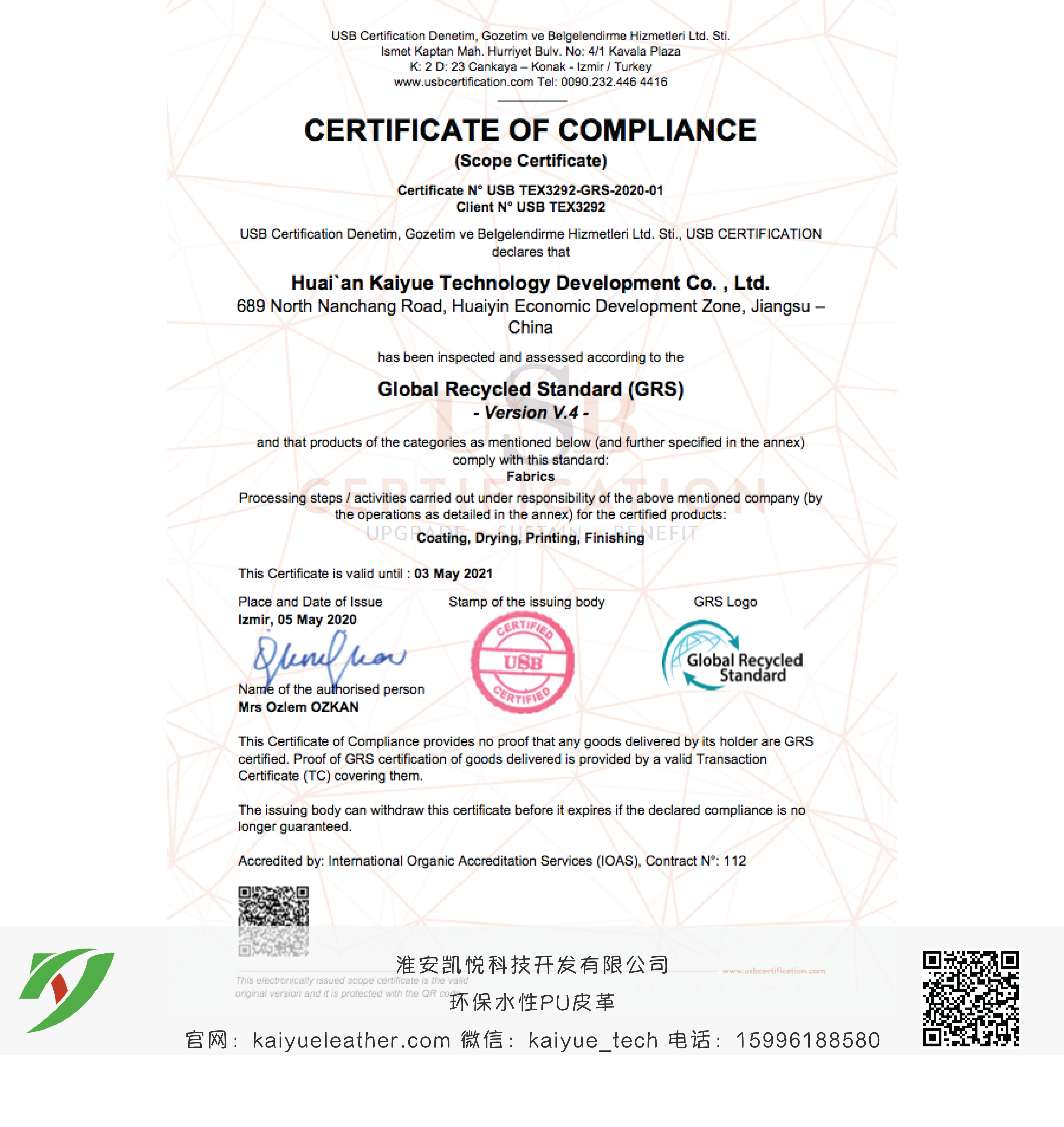 Global Recycle Standard (GRS)
Global Recycle Standard (GRS)
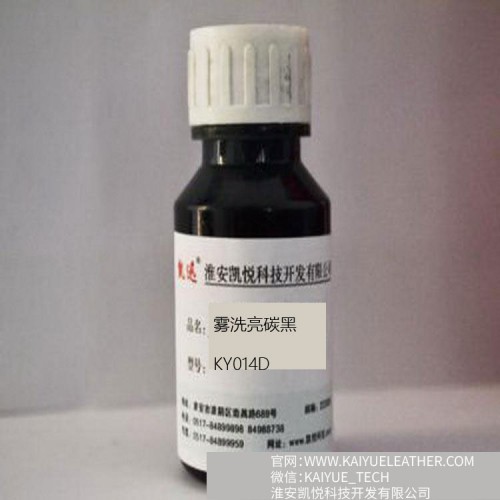 Leather Garment leather carbon washing and brightening treatment agent, strong leather feeling KY014D
Leather Garment leather carbon washing and brightening treatment agent, strong leather feeling KY014D
 Textile softener KX-OEF220
Textile softener KX-OEF220
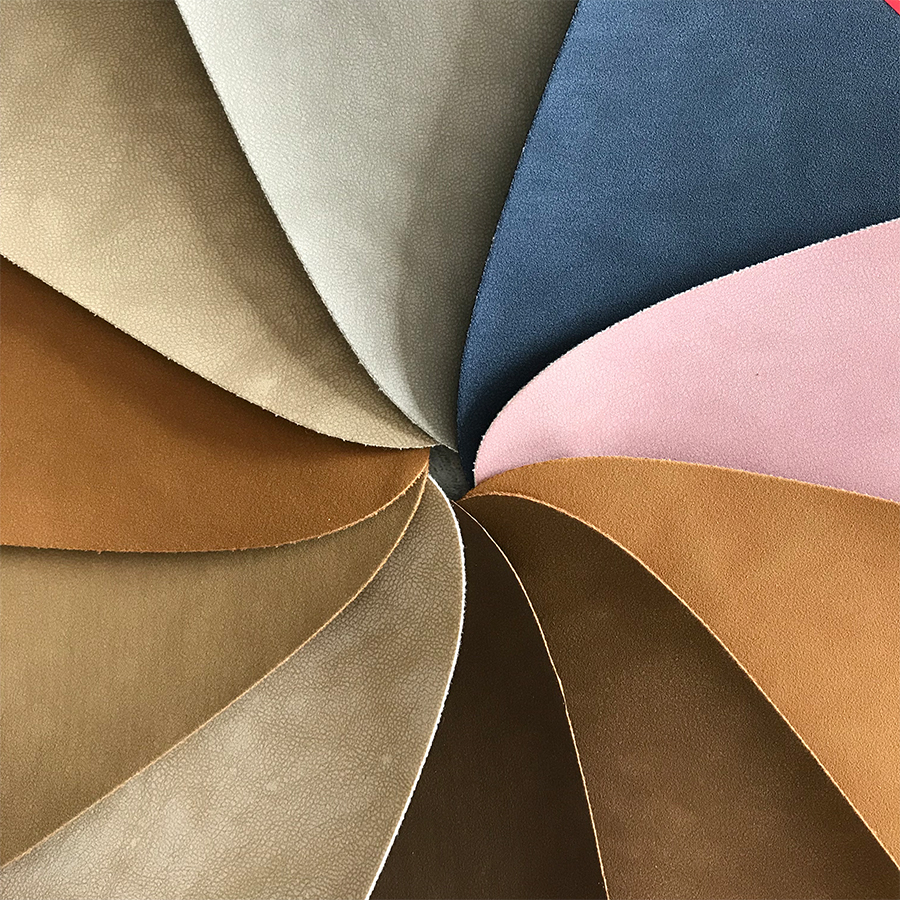 waterborne pu – toffee I
waterborne pu – toffee I